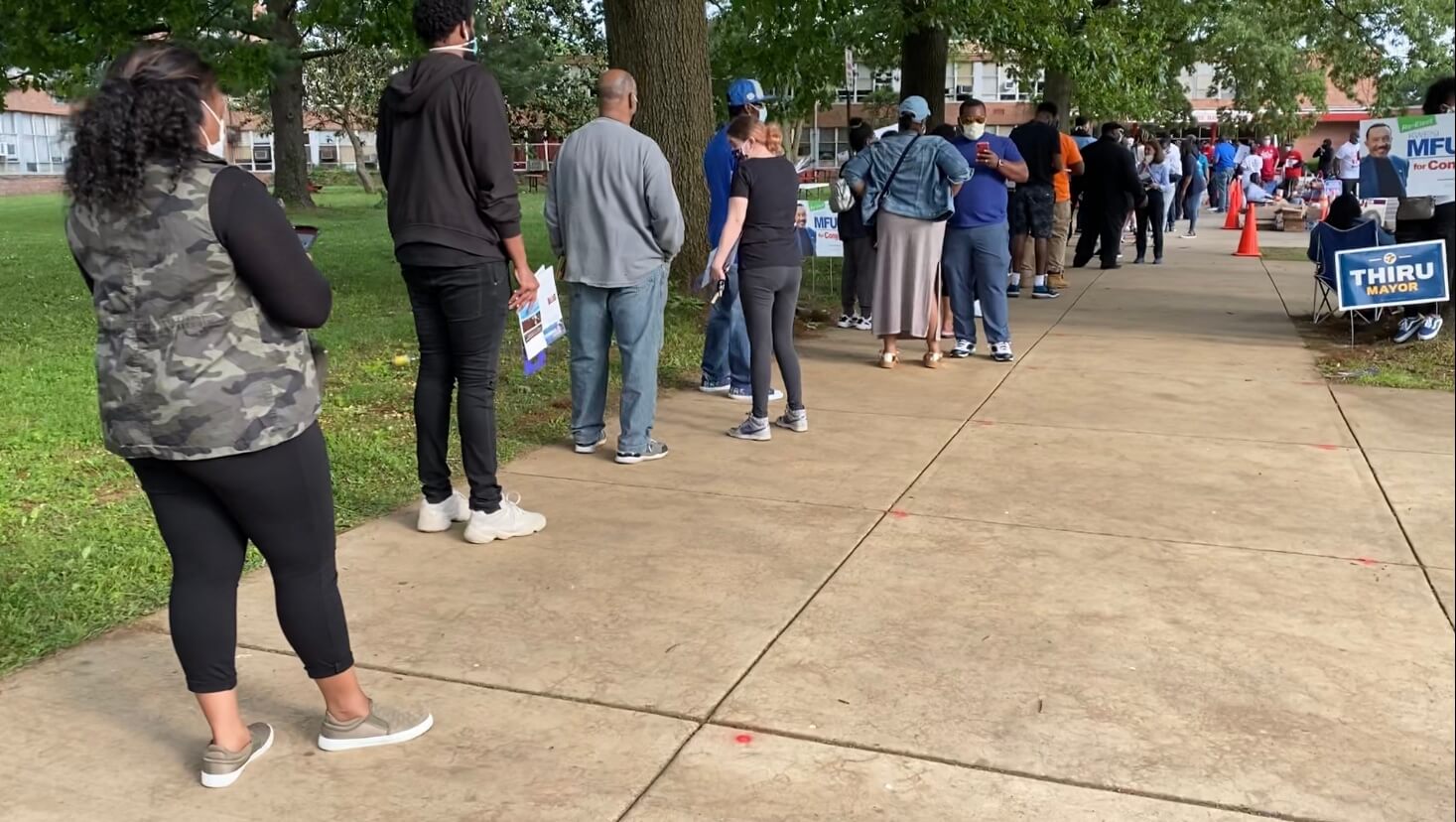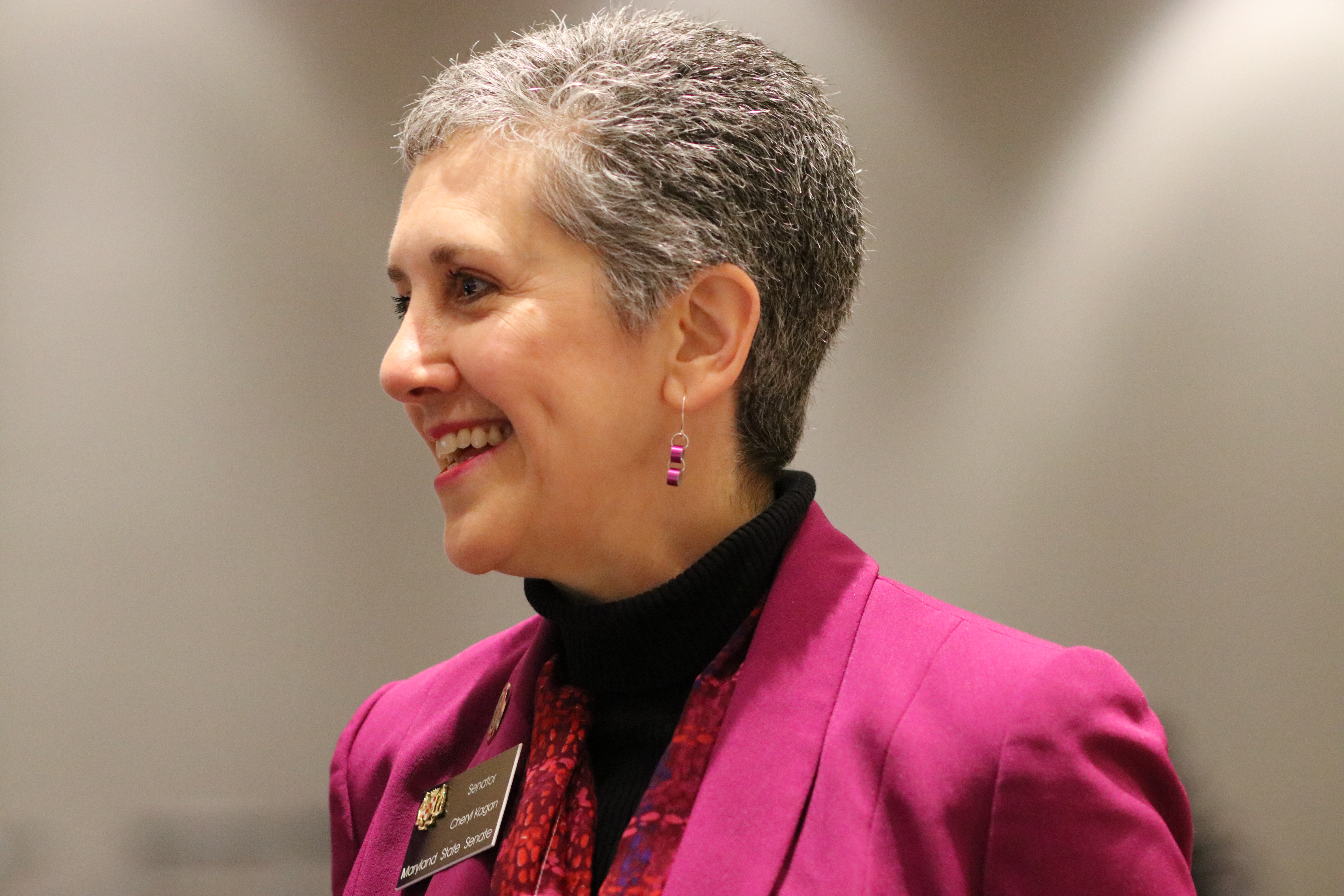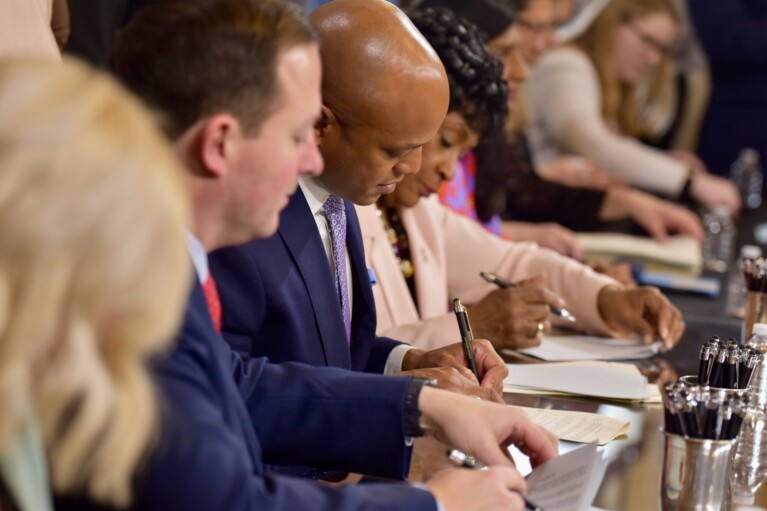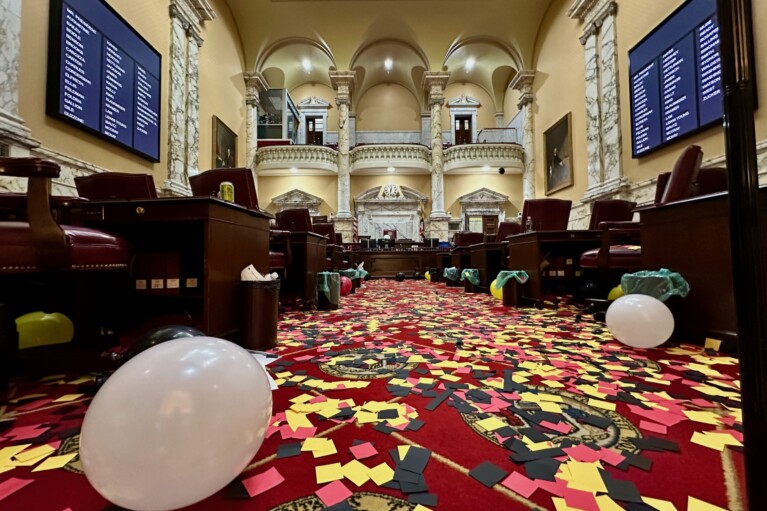Sen. Cheryl Kagan: Hogan’s Decision Means General Election WON’T Be ‘As Normal As Possible’

Disregarding advice presented by local and national election experts. Ignoring voting rights advocates. Flouting the recommendations of health care professionals and the Centers for Disease Control. Reversing the trajectory established through new laws making it easier for Marylanders to vote. Placing an unrealistic and unachievable burden on our 24 local boards of elections. Increasing the cost of running one of the most consequential elections of our lifetime. Kowtowing to the White House’s false narrative: unsupported allegations of voter fraud.
Gov. Larry Hogan (R) accomplished all of these in the Executive Order he released Wednesday regarding November’s election.
Only one person had the authority to decide the manner by which Marylanders will vote in November. Governor Hogan, operating under emergency powers to protect public health during COVID-19, was presented with three options last week by the State Board of Elections (SBE).
Elections officials and advocates were unanimously opposed to Option 1, which would have had us revert to a traditional election. Most voters would go to their neighborhood polling place, stand in line, and cast a ballot.

Sen. Cheryl C. Kagan (D-Montgomery). Photo by Danielle E. Gaines.
Option 3 called for a mail-in election similar to the June primary. While not perfect, the 24 local boards of elections successfully navigated new challenges and, with what they learned, could have improved on the previous experience. In fact, SBE has already committed to more vigorous oversight to ensure that ballots are mailed and received in a more timely manner.
The Maryland Association of Election Officials (MAEO) and voting rights advocates like Common Cause, Disability Rights Maryland, and the League of Women Voters all strongly preferred Option 3. The governor’s decision completely disregards the dedicated election officials who
actually run Maryland’s elections.
In its strongly-worded plea, MAEO emphasized that “We cannot overstate the devastating consequences likely to result if the State of Maryland does not plan now to mail every voter a ballot for the 2020 General Election,” and cautioned that “local boards of elections must carefully manage limited resources in time, funding, and staff.”
Not only is mail-in voting the preference of our elections officials, it is easier for voters. While the data has not yet been finalized, it appears that turnout was substantially higher in June’s primary elections compared to 2016, when both parties had competitive contests on the ballot. For all of these reasons, Senate President Bill Ferguson (D-Baltimore City) and Education, Health and Environmental Affairs Chair Paul G. Pinsky (D-Prince George’s) also urged Governor Hogan to adopt the hybrid model of Option 3 so that Maryland could have conducted a safe yet inclusive election.
Unfortunately, the governor’s choice combines the unanimously opposed Option 1 with the worst aspects of Option 2, requiring that every voter be sent an application for a mail-in ballot — not the ballot itself. This will ultimately necessitate four separate mailings for each vote cast (two by the government and two by the voter). This will create an unmanageable burden on our local election leaders, who testified that processing these applications and mailing the ballots in a timely manner would require an enormous increase in staff and work hours that is neither realistic nor affordable.
And that’s just for those who return the application! Many will likely procrastinate. They would face unpleasant choices. They could vote in person, which many will find unacceptably risky. They could seek electronic delivery of a ballot, which creates its own problems for both the voter and elections staff. Or, they could give up and not vote at all in this most consequential election of our lifetimes.
In addition to financing, staffing, and a new voter education marketing campaign, the governor’s Executive Order creates other significant problems. Hogan mandates that every polling location be open on Election Day to accommodate anyone who wishes to cast their ballot safely in person. Does he truly expect that schools, faith institutions, and senior centers, closed for months to the general public, are going to reopen for one day? What about host locations that refuse for fear of liability or infection?
Overworked local election staff will be scurrying around, seeking alternatives. State law requires that voters be notified within 30 days of a change in their polling place. This would mean yet another mailing from our local boards!
The Centers for Disease Control recommended that citizens seek alternatives to voting in person so as to avoid spreading the COVID-19 virus. Yet the governor’s decision completely ignores this advice and puts the health and safety of voters and thousands of poll workers at risk. This assumes that our local boards can recruit and train thousands of election workers — often retirees who are most vulnerable to the coronavirus. The governor’s plan to “encourage state employees to help supplement election staffing needs,” demonstrates unfounded optimism about people’s willingness to put their own health at risk and a lack of awareness of the training needed.
In his statement, Hogan wrote, “this discussion should not be subject to undue partisanship or political influence.” And yet, debate during state and local election board meetings echo the White House’s messaging about bogus claims of “voter fraud.” Countless studies have proven these allegations to be “Trumped up.”
Vote-by-mail states have sent hundreds of millions of ballots with virtually no cases of fraud. I was hopeful that Governor Hogan, who has stood up to ill-advised White House policies in the past, might have done so again.
In recent years, Maryland has increased access to the franchise. To boost voter turnout, we have legislated early voting, Election Day registration, automatic voter registration, and postage-paid absentee ballots. Regrettably, the governor chose to reverse our efforts in an irresponsible and impossible manner during the coronavirus health crisis.
Why does any of this matter? Isn’t this just a debate over process, insider baseball? I’m afraid not.
Despite the new laws that have increased access to the franchise, the governor’s decision means a third different voting method in three sequential elections. Given the more complex and burdensome process, the obvious consequence of this Executive Order would be to significantly reduce voter participation especially among low-information, more transient voters.
Surely, this couldn’t be what Gov. Larry Hogan and his supporters intend?
— CHERYL C. KAGAN
The writer, a Democrat, represents Gaithersburg and Rockville in the Maryland State Senate. She is vice chair of the Education, Health, and Environmental Affairs Committee, which includes election law, among a dozen other issues.




 Creative Commons Attribution
Creative Commons Attribution